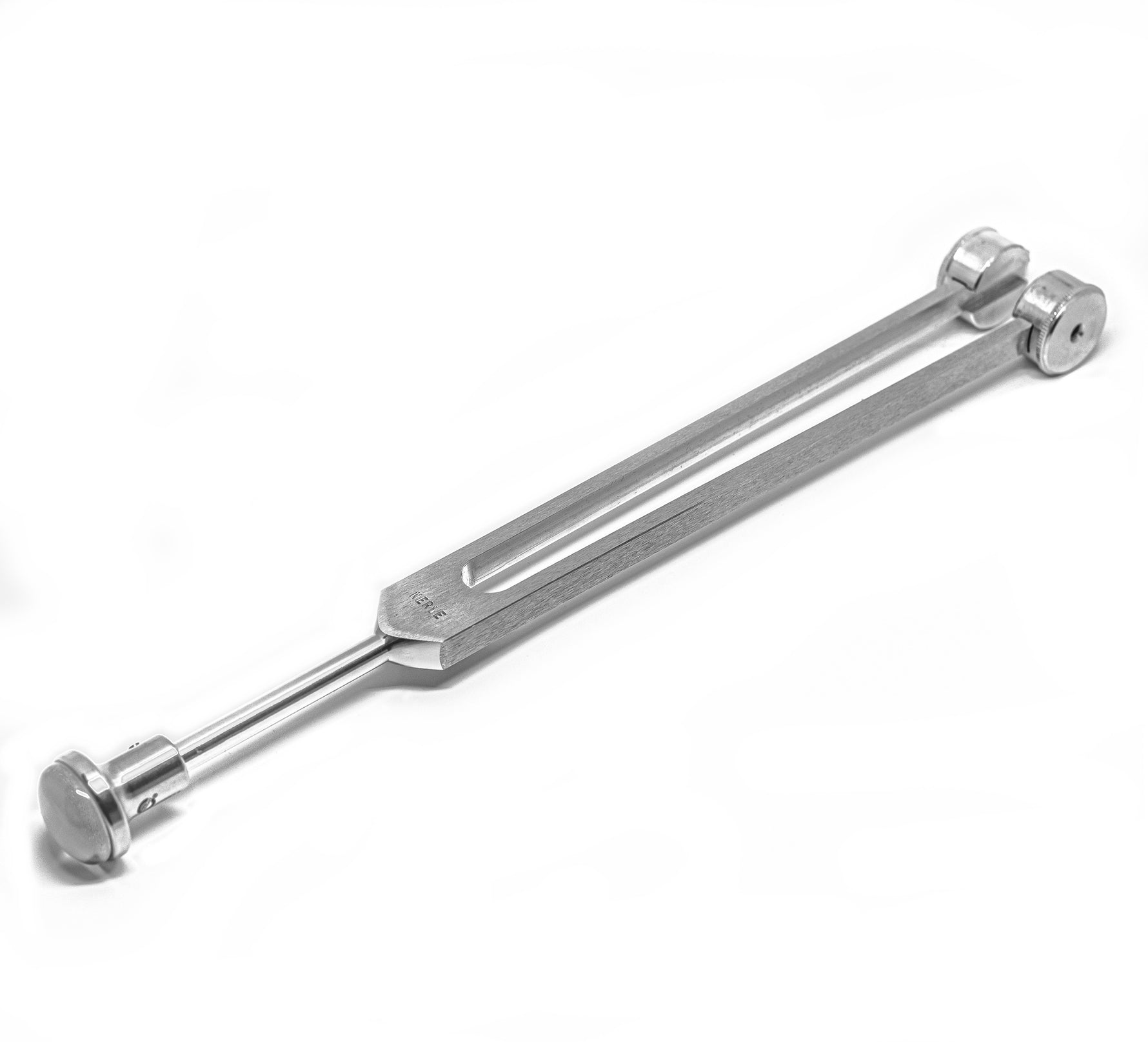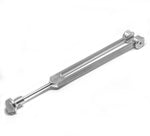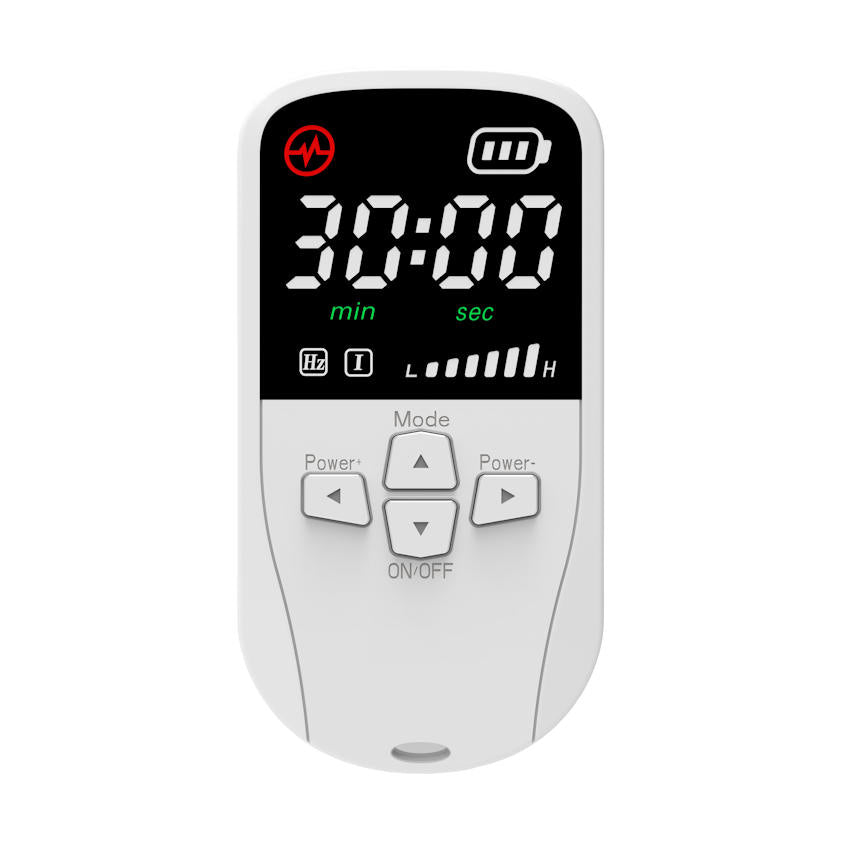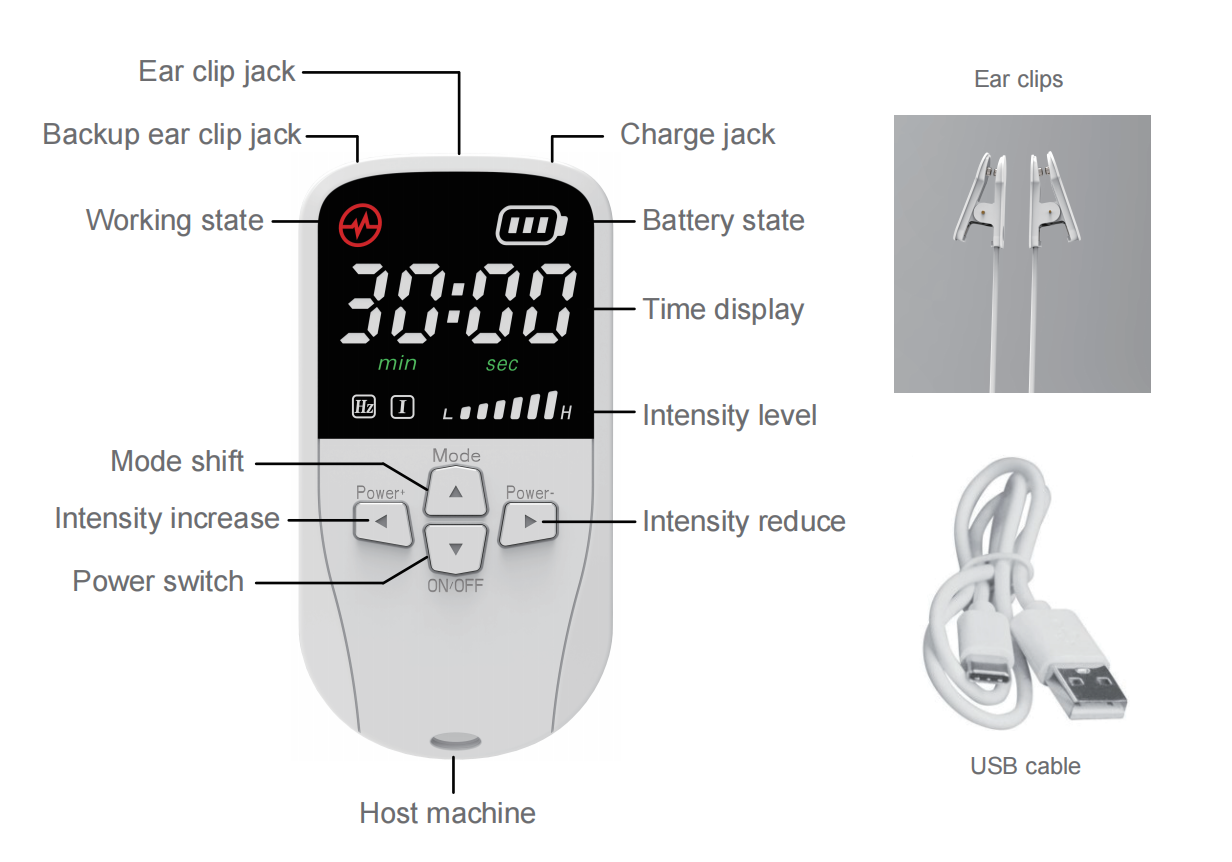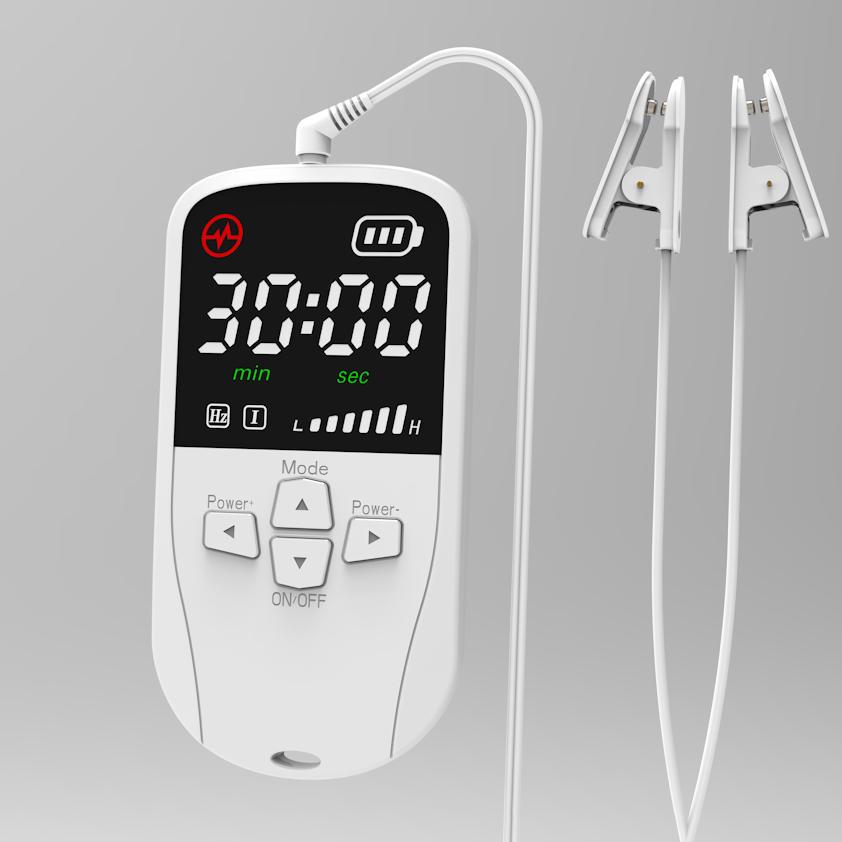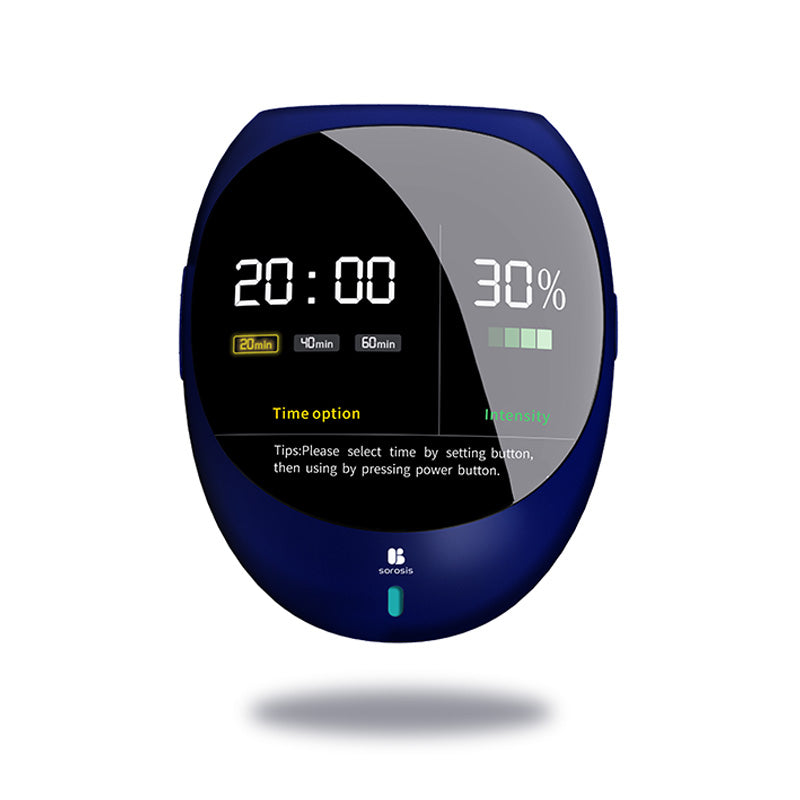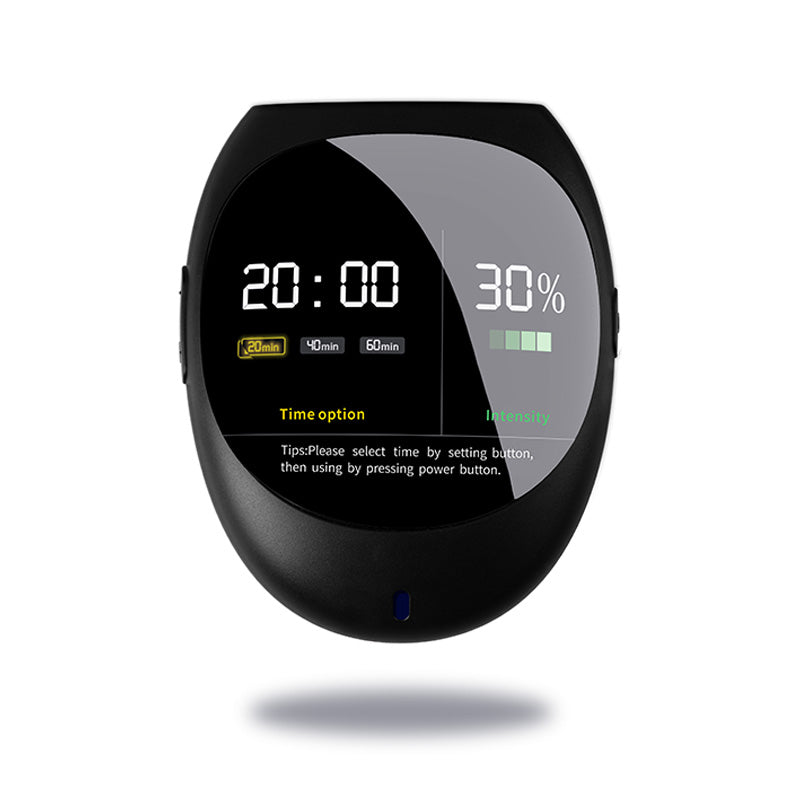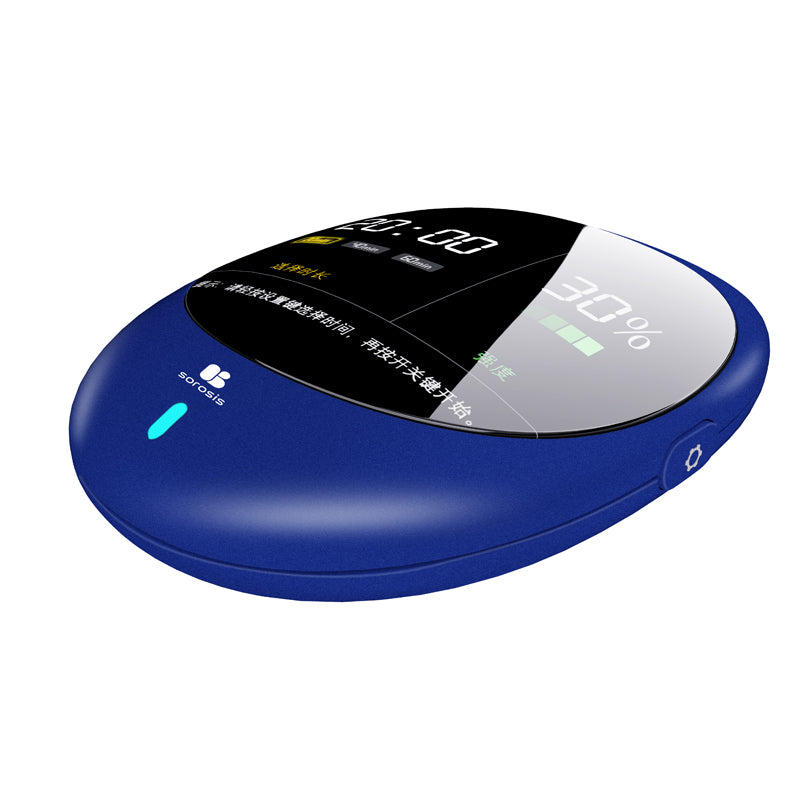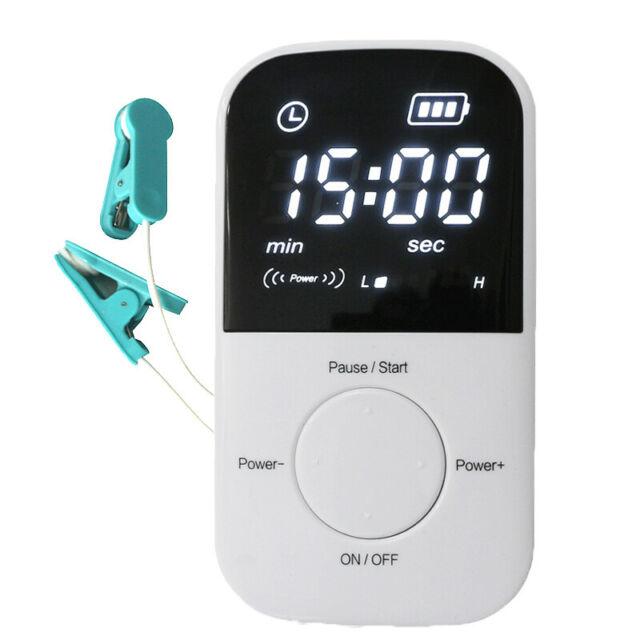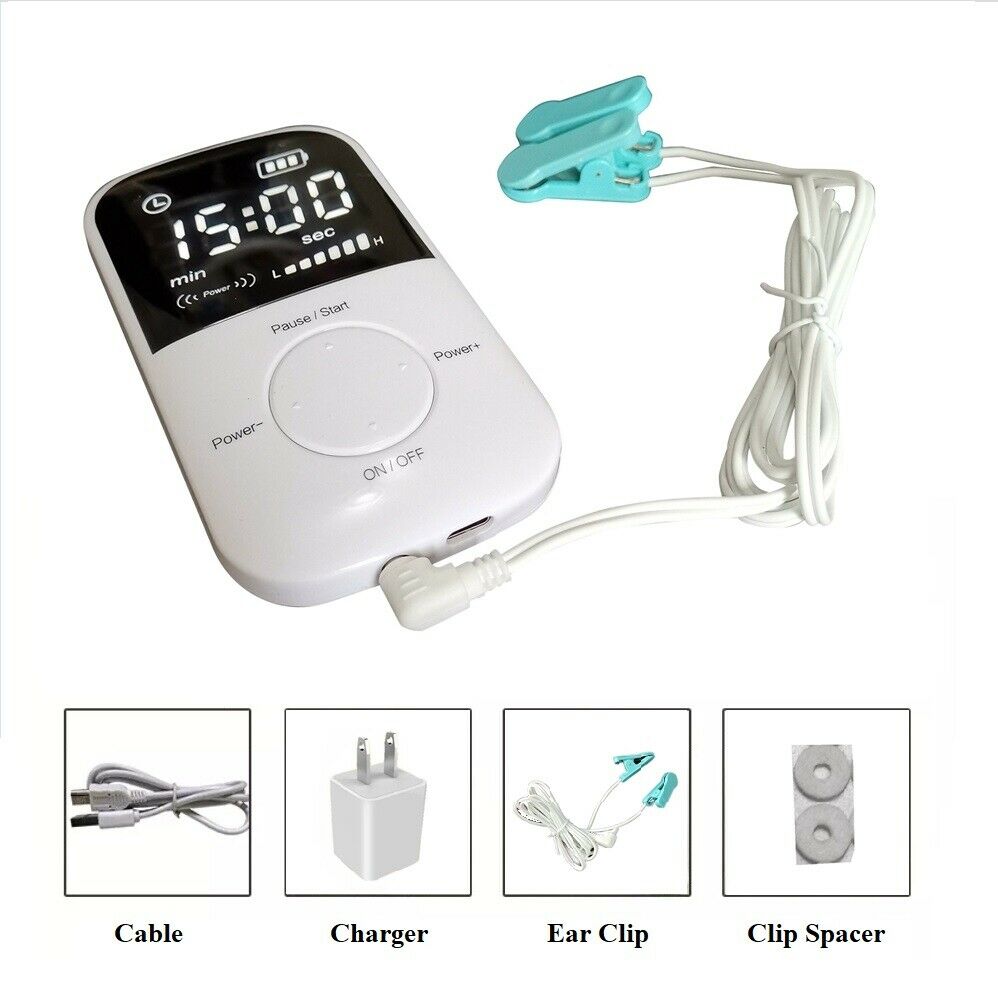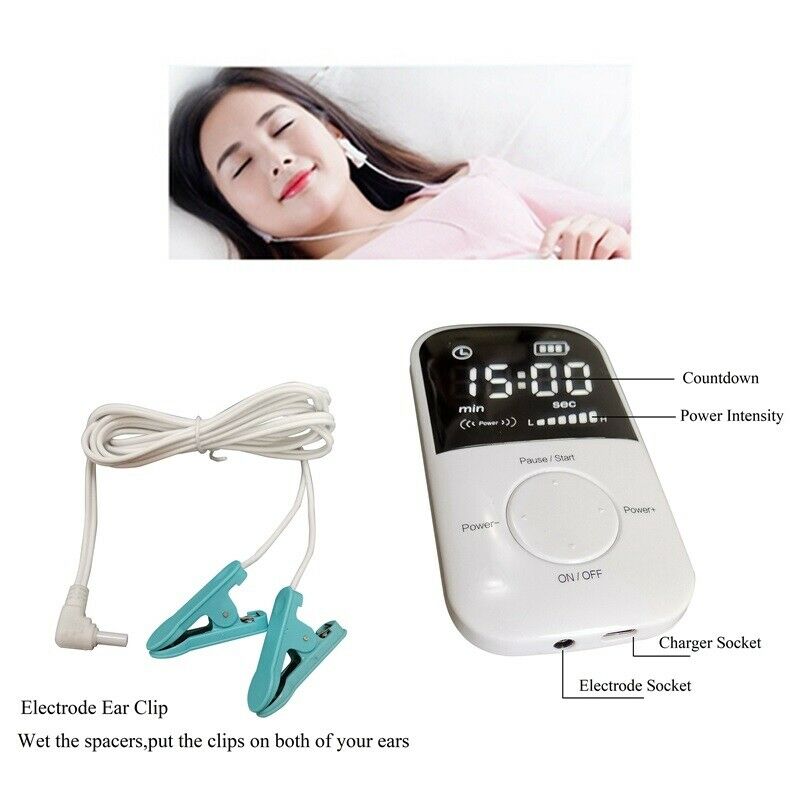Scientifically Proven
Quantum physics shows us that every human cell has its own electromagnetic field. Meaning each human cell is responsive to frequency and vibration.
50 Hz is the frequency that nerves resonate at.
Using the same frequency allows the Nerve tissue to clear any blocked pathways allowing healing and sending correct pain signals to decrease pain.
How to use it
- Hold the fork by the stem and gently tap the tines on the heal of the hand or an activator.
- Locate a spot on the body where you have nerve or bone pain, place the tuning fork and press the end of the stem of the tuning fork onto the spot.
- Make a firm contact and hold the tuning fork until you feel the vibrations stop.
Many of our clients and practitioners report continued daily use once to twice a day reduces pain.
DO NOT use on a broken or fractured bone, as this can cause further bone damage.
You MAY use the tuning fork on an area near the bone injury to increase nitric oxide and support tissue healing.
DO NOT use with implants in the body, deep vein thrombosis or underlying medical conditions. Consult your healthcare provider before using if you have implants, pacemaker or seizure disorder. Not for use if pregnant
Tuning Forks - Know the Difference
We get asked this question a lot: Why do your forks cost more than the ones I see on Ebay, or on some other websites? Let us show you the difference!
First, not all metals are created equally. There are many types and grades of aluminum alloy which are used for many different purposes. Typical alloying elements are copper, magnesium, manganese, silicon, tin, and zinc. These different alloys are used in combination to add strength, corrosion resistance, ductility, etc.
Aluminum Alloys can be divided into two classifications - casting aluminum, and wrought aluminum. These classifications can be further sub-divided in heat-treated, and non-heat-treated.
What Is The Difference?
Casting aluminum is a lower melting point alloy that is poured into a mold from a molten state. The mold is often made out of sand, and can be used over and over again, thus making the process inexpensive. Cast aluminum has a lower tensile strength and is very cost effective to produce. The most common additives used in this process are silicon and zinc, which adds some strength to the mixture and allows for a smooth casting process.
Wrought aluminum is a very high demanding metal, commonly used where even greater strength is needed (aerospace), along with corrosion resistance and ductility. Instead of pouring molten metal into a mold, it is extruded, rolled, or pounded, (wrought) into various solid shapes. The most common additive is magnesium, which gives it a great deal of strength. Aluminum-Magnesium alloys are lighter than other aluminum alloys. The wrought metal is formed into uniform bars, sheets, plates, etc. for specific applications. The entire process is much more costly but produces a very different better quality product.
Why Does This Matter?
Our tuning forks are NOT made from cast aluminum, which is heavier and has a very poor finish. Instead, all of our forks are made from a heat-treated, lead-free, wrought aluminum alloy which has been chosen for its strength, light weight, and superior conductivity of sound waves. In addition, our forks have longer handles and shorter tines, keeping everything in perfect balance. No top-heavy forks here that will tire your hand!
We offer only High Quality Tuning Forks Made In the USA.
Every fork undergoes a special hand tuning process to assure accuracy within +/- .25% Hz.
And because the metal is heat-treated, it is tempered, making it very strong. The metal will not fatigue over time, and the forks will stay on frequency, even after years of use.
We think wrought aluminum makes a superior tuning fork, and you can see, feel, and hear the difference.
DISCLAIMER:
Zen of Sleep and Kelle Lambers offers health and wellness information designed for educational purposes only. You should not rely on this information as a substitute for, nor does it replace, professional medical advice, diagnosis, or treatment. If you have any concerns or questions about your health, you should always consult with a physician or other health-care professional. Do not disregard, avoid or delay obtaining medical or health-related advice from your health-care professional because of something you may have read or seen on this channel. The use of any information provided on this channel is solely at your own risk. Nothing stated or posted on this channel or available through any associated services are intended to be, and must not be taken to be, the practice of medical or counseling care. You agree that use of the information contained in any content provided by Zen of Sleep and/or Kelle Lambers is at your own risk. You agree to take full responsibility for any harm or damage you suffer as a result of the use, or non-use, of the information available on this channel. You agree to use judgment and conduct due diligence before taking any action or implementing any plan or policy suggested or recommended on this channel. Zen of Sleep and/or Kelle Lambers is not responsible or liable for any injury sustained as a result of using the content on this channel.


